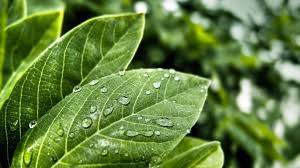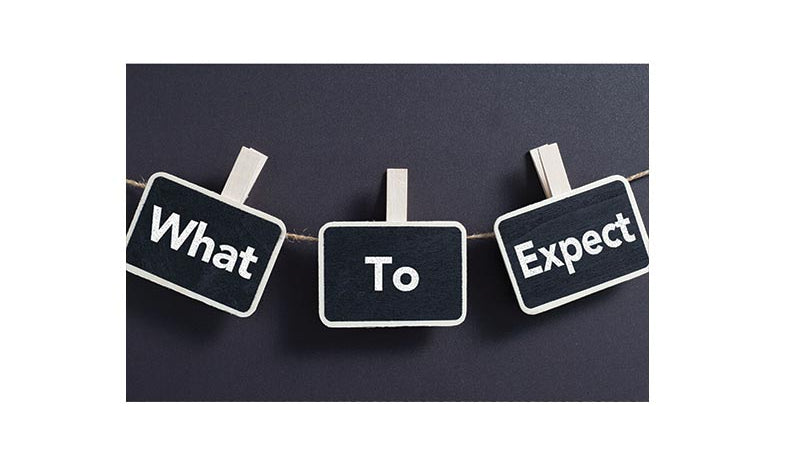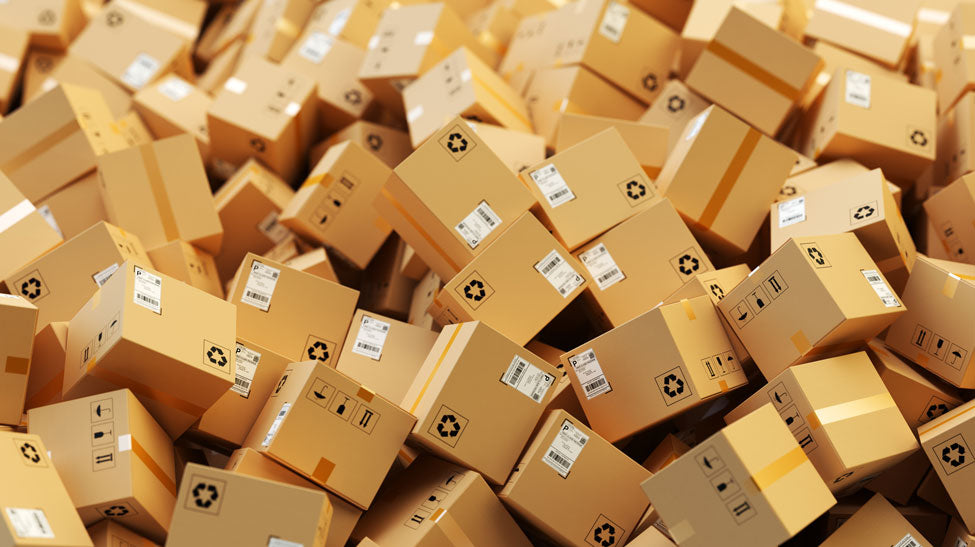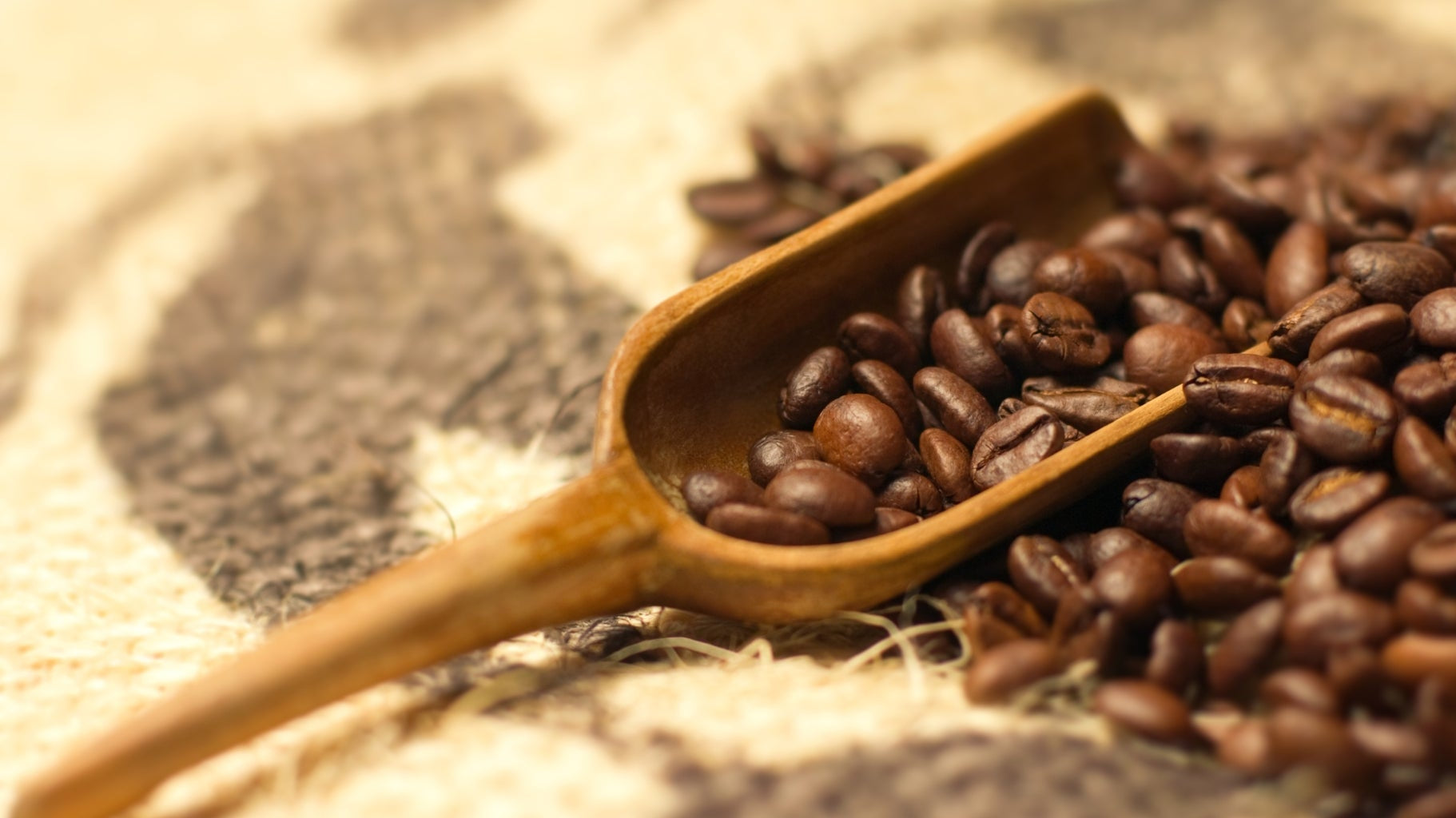Coffee is a fresh food.
This article discusses why it's essential to source fresh coffee.
It only seemed like yesterday, but it was, in fact, 32 years ago when each Saturday morning, I would drive a short 2km to a Deli in the next suburb.
Our local Deli, barely 150m from my house, didn't stock coffee or other retailers in our vibrant yet tiny shopping village.
A true coffee enthusiast owned the Deli in the next suburb. Of course, he was indeed of Italian heritage and ensured his shop was always stocked with the best coffees available at the time, albeit Italian brands.
So to set the scene, it's the late 1980's and those coffee bean hoppers mounted on the wall behind the counter,
Deli assistants dispensed beans into waxed paper bags. If you need ground, they would grind it on the spot with an old antique grinder, then fold over the top of the pack with metal tin ties.
Back then, we only knew a little about the lifecycle of freshly roasted coffee beans.
Retailing of coffees was limited to supermarkets and, if lucky, some convenience stores and Deli's.
Specialty Coffee was also but a twinkle in the eyes of clever coffee roasters some 20 years later.
My ritual of buying fresh coffee was the most exciting highlight of the week, or at least up there with stupid binge drinking with mates on a Friday night.
The prospect of shopping saved Saturday morning hangovers for what we thought back then was fresh coffee.
The Deli stop became a top priority destination for me on Saturday mornings.
Waiting in line at the Bakery or Butcher, I could hold the pack of fresh ground coffee near my nose and take a whiff of that coffee goodness. People standing next to me could also smell it and likely thought I was some crazy man sniffing a pack of coffee!
Once all groceries were p, it was a race to get home to the beloved Moka (Stovetop).
This delicious coffee was what we lived for - brewing an outrageously nice smelling freshly ground coffee with that first cup from a new pack paired with a Saturday cake or pastry from the bakery was heavenly.
Coffee shifts from an essential commodity to officially a "thing" (hobby/pastime/interest/passion)
Australia and the world have come a long way in the last 13 years since the beginning of Specialty Coffee.
Today's coffee drinkers have advanced knowledge and awareness of all things coffee. Many are enthusiasts, with coffee becoming a severe hobby or pursuit. Some even build their home roasting or the appreciation of fine coffee drives a fanatical interest in high-end coffee equipment for their kitchen benchtops or coffee shrines as they are now known.
It is truly fascinating to see the development of knowledge and awareness in coffee drinkers. Today, most serious coffee lovers understand the fundamental principles of freshness and buy their coffees with a savvy sense of discerning style.
Is it fresh?
When was it roasted?
How was it roasted?
What origins are in the blend?
With coffee, there is always a "better way."
A love of coffee brought me into the industry more than 39 years ago.
I could not stop thinking about coffee all day and night. It was entirely consuming my thoughts. A bug, virus or fever is once bitten, then hooked.
When we started our coffee roasting journey, we were part of the original pioneers in those early days, providing super fresh roasted premium coffees by mail order.
Back then, there were barely a tiny handful of providers offering coffee over the internet - just a dozen brands, including us.
But it was also a period when some providers were only interested in offloading defective or distressed inventory.
The kind of coffee that could have been more delicious or perhaps more stale to sell into their wholesale channel (cafes).
It was a hard, uphill battle to convince the coffee-drinking public to trust our virtues of better quality and freshness.
We kept pushing to offer something better than everyone else, whether a better-quality product or fresher or cheaper.
Despite our superior value and compelling offer, consumers were habitual creatures who bought almost everything from the supermarket instead of trying to find a better solution—a far cry from today's online shopping behaviours.
We had to spend a lot more on our quality raw ingredients and sell our better-quality coffees at lower prices to create the right level of attraction to our brand. Challenging work for negligible returns - it's what most brands do when they are building.
Our strategy has always been to bypass (or disrupt) many hands that violate the principles of coffee freshness - traditional distribution, long storage periods and selling without care of product age.
We knew roasted coffee beans on shelves in Supermarkets, Deli, and Retail stores were already stale and that qualities were different from our products.
It was also apparent that roasted coffee bean hoppers used to store retail coffee beans in shops, whilst visually impressive and designed to tempt you into buying, were contributing to the rapid degradation of roasted coffee. In other words, those visual displays destroyed the quality quickly, sometimes in just a few short days.
With all those essential volatile compounds in coffee oxidized, we wondered how long retailers could get away with it before the market and industry would contemplate changing.
It was also apparent that those waxed paper bags used for customers buying roasted coffee in retail stores did not provide adequate barrier protection to preserve freshness and quality.
But while coffee retailers in physical stores kept their beans lying around until sold, just like the supermarkets with warehouse racks stacked to the ceiling, shelves with rows and rows of coffee packs, most with no roast dates and instead just unrealistic Use By or Best Before dates mandated by the food packaging laws.
Significantly, few retailing coffee were interested or motivated to treat the roasted coffee product like fresh food. Sadly, some of this practice still continues today.
In 2009, a supermarket chain contacted us, offering to range our products. We thought it was an excellent opportunity to grow, but at the same time, we needed a way to protect our brand from the risks of stale products sold by a retailer.
The problem was real - we couldn't protect our brand from a retailer selling stale coffee.
We also tried to solve the puzzle of how to cycle our products through their inventory faster to ensure fresh coffees are constantly being offered for sale. Again, we could not see how this was possible.
Finally, we tried to develop a solution to work around the supermarket's mandate that all the coffee packs must have at least a 12 or 24-month Best Before date when we wished for that date to be three months - yep, you guessed it, we failed again.
But change was coming, just way too slowly. We decided to put everything into online retail so that we could control the entire freshness and quality lifecycle precisely by shortening the timeframe from roast to shelf, which was typically measured in weeks for supermarkets to just hours in e-commerce.
Shock - coffee continues to go stale inside of unopened packs!
It still surprises me that many buyers of retail coffee need to realize that coffee continues to stale inside unopened packs.
Fair enough, we can't all be packaging experts.
When I talk with customers about freshness, and they mention that their strategy of buying in bulk is to save on shipping costs, I cringe.
Likely, nearly 90% of coffee drinkers are only aware that coffee remains fresh once the bag is opened - regardless of how old the bag might be.
Of course, if you are not told why coffee goes stale inside unopened bags, why would you think coffee was different to other food products like fruit and vegetables or nuts and chips?
When people become aware of the realities of coffee staling and how rapidly it occurs, it's certainly no surprise they are shocked.
Unfortunately, it's not possible to halt the staling of roasted coffee. You can inject Nitrogen to displace oxygen, but the cost and methods are prohibitively expensive (except for capsules and pods, where it is a necessity).
Even those expensive metal tins, e.g. used by Illy, are not an ideal solution. They may slow down and partially suspend oxidization, but there is a big catch they don't tell you about in the marketing.
Coffee companies packaging into metal tins MUST (that's in capital letters for a reason) pre-stale and effectively degas roasted coffee under controlled conditions before packaging.
That means it's not fresh like coffee from the roaster an hour ago.
Nope, those metal tins are full of pre-staled coffees—same thing when you see those Italian brand ground coffees packed like solid bricks. The coffee freshness has been degraded by at least 40%.
Freshly roasted coffee exhausts gas for up to 21 days, most of it within the first five days and then gradually declining for another two weeks.
If fresh roasted coffee were packed into tins, they would expand and explode. Degassing is a complex science using high pressure to force gas from the coffee bean structure, but it's not 100% effective; only time and continued oxygen exposure will work.
Most suppliers to supermarkets and retail stores deliberately force their coffee to go stale for many days before packaging.
Shock, horror, why would they deliberately sabotage their freshness?
Brands do it that way to minimize potential risks for swelling of the bag that occurs with freshly roasted coffee beans.
It's far worse for ground coffees, as the bags can swell within hours.
1-way valves in the packaging are not designed to work with such rapid pressure changes, hence the pre-staling or what the industry conveniently calls "degassing"'.
No retailer will tolerate expanded, swollen, blown-up coffee packs on a retail shelf as they look abnormal.
Coffee is different from many other foods - more complex, volatile, and active compounds.
Roasted coffee contains around 800 volatile compounds that continue reacting after the roasting process finishes.
Some reactions are natural or normal and essential for a desirable coffee experience, like aroma.
As volatile compounds are limited or finite, it stands to reason why buying roasted coffee at its freshest means that you will get to enjoy the best possible experience at a time that suits you.
Grinding the coffee causes rapid degradation of essential volatile compounds in freshly roasted coffee beans.
Exposure to oxygen for small ground coffee particles results in dramatic degradation of the coffee - measured in minutes.
Despite a pack of ground coffee being sealed, a majority of what we have come to love (the "goodness") is lost soon after the grinding process.
For this reason, many people apply a simple freshness rule or law.
Fifteen minutes of exposure to ground coffee is the reasonable endpoint for ground coffee.
A few minutes here and there will not mean you are still safe, which is why grinding the freshly roasted coffee beans just before Use will always yield the best coffee experience.
There is no solution for pre-ground coffee.
It's like fighting with both hands tied behind your back.
Some people are offended by this comment because they don't want to pay $$ to buy a grinder, or they can't deal with the grinding mess.
We can't change the reality - if you want a lovely coffee, you must grind at the moment just before you brew.
Here are our tips for buying the best quality coffees.
Does it have a roast date?
Best Before or Use By dates are not a reliable indicator of freshness as no labelling laws require companies to use "defined periods".
- The ideal consumption period for fresh roasted coffees is between 9 and 60 days from roasting. Of course, this recommendation depends upon ambient temps; a higher temp (including transit) will result in a shorter peak period.
- Is the coffee packaged in a heat-sealed foil or metalized bag? Most plastics and papers leach out the essential volatile active compounds very fast. These are significant losses in quality that cannot be recovered. Many bio-packaging materials also don't provide effective barrier seals and will result in a faster staling rate compared to traditional coffee bag packaging materials.
- Was the coffee sitting in a bean hopper? Hoppers do not have any freshness barrier features. It's dead, and we advise avoiding purchasing coffee in unsealed containers.
- Is the coffee oily? Oil on the outside of the bean is not a good reaction. Oil reacts with oxygen in the air and turns rancid, making coffee bitter. Just like the lipids in fat/oil if left exposed to air. Most decaf coffees end up oily after a few days, but this is normal. For non-decaf, oil signifies a dark roast and stale coffee.
- Is the coffee imported? You should know what I'm about to say here, as it should come as no surprise. Avoid all imported roasted coffees. Those coffees roasted outside of Australia were not shipped by air freight as they are expensive. It means the roasted coffee was exposed to extreme temperatures and months at sea. Stale and heat stressed. A double no.
- Ground coffee - I've answered that issue earlier in this article. Grind on demand for the best coffee experience. Pre-ground coffee is dead. Don't flog a dead horse.
- 100% Arabica - it means nothing these days. If it's a specialty-grade coffee, it will be 100% arabica. The companies that feel the need to publish that they are 100% Arabica are the worst offenders of lying and deception because their past and history are rooted in the usage of robusta. Robusta is not the enemy; the companies that prevail with low-grade, cheap, disgusting robusta are the problem.




